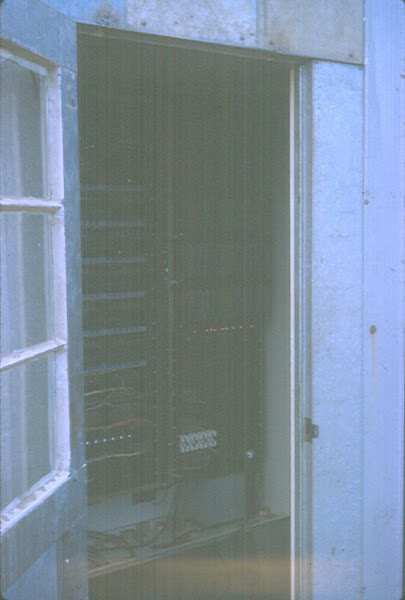Then, as now, the computer industry generated many acronyms. Don explained to me about RAM and ROM, Random Access Memory and Read-Only Memory. I can't remember how much memory those big old computers had, but RAM was still being measured in kilobytes (KB), and operating speed was measured in kilohertz. Now, my home computer has 512 megabytes (MB) of RAM, and it's processing at 2.99 gigahertz (GHz) . Just imagine, all our PCs are more powerful than those giant mainframes of 40-some years ago. I virtually never hear anything about ROM anymore, but it's in there.
In those days, computers didn't have floppy disk drives. They used spools of magnetic tape to enter data and record it after the computer processed it. I'm not even talking about punch cards now, because I didn't need to know anything about them until many years later.
The big deal for computer memory in those days was a drum memory. Just as it sounds, it was a cylinder where data could be stored -- on the surface of the cylinder, not dumped in a pile in its hollow center.
I don't remember any more acronyms from those ancient days, so that's all for now.
In those days, computers didn't have floppy disk drives. They used spools of magnetic tape to enter data and record it after the computer processed it. I'm not even talking about punch cards now, because I didn't need to know anything about them until many years later.
The big deal for computer memory in those days was a drum memory. Just as it sounds, it was a cylinder where data could be stored -- on the surface of the cylinder, not dumped in a pile in its hollow center.
I don't remember any more acronyms from those ancient days, so that's all for now.

No comments:
Post a Comment